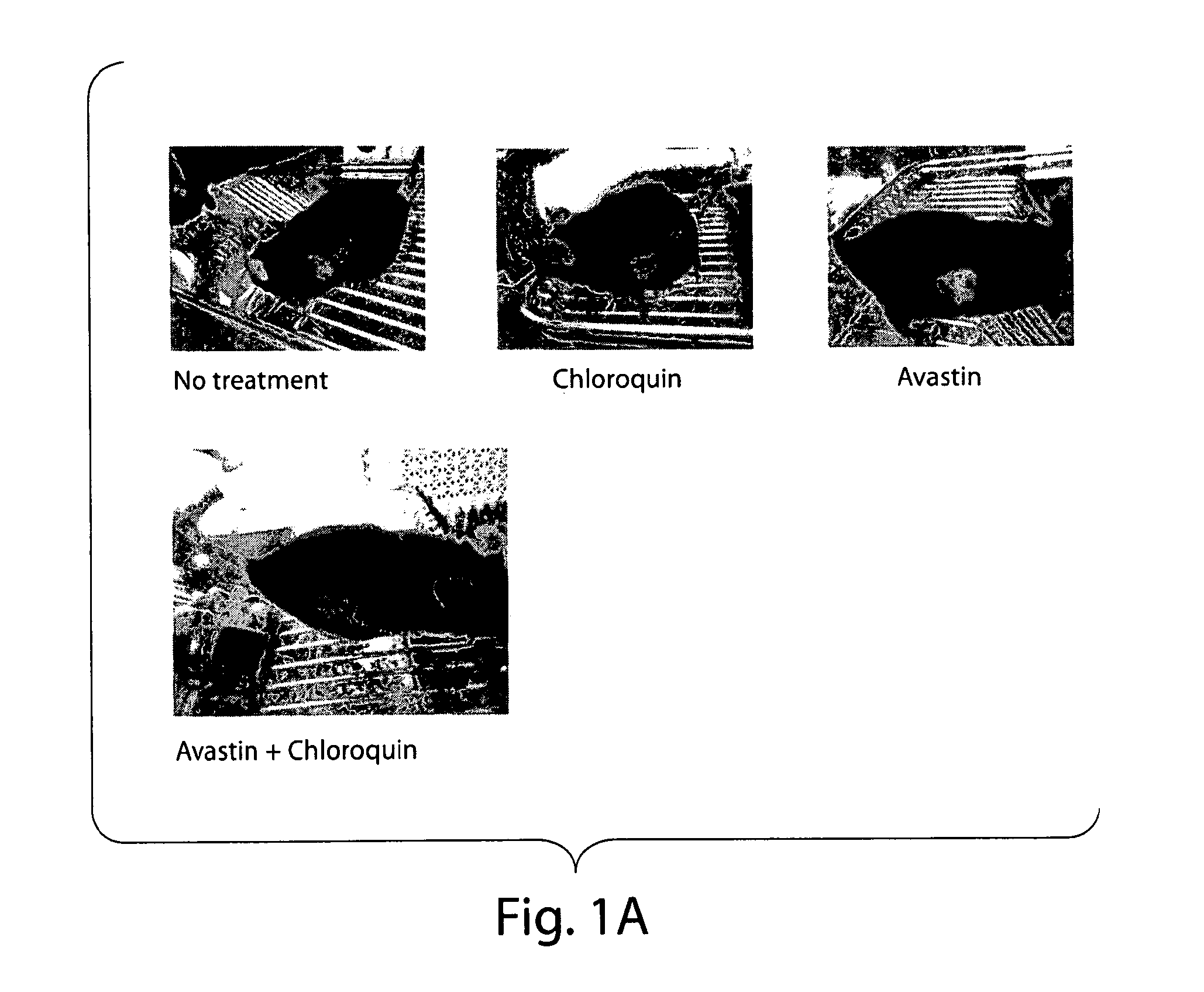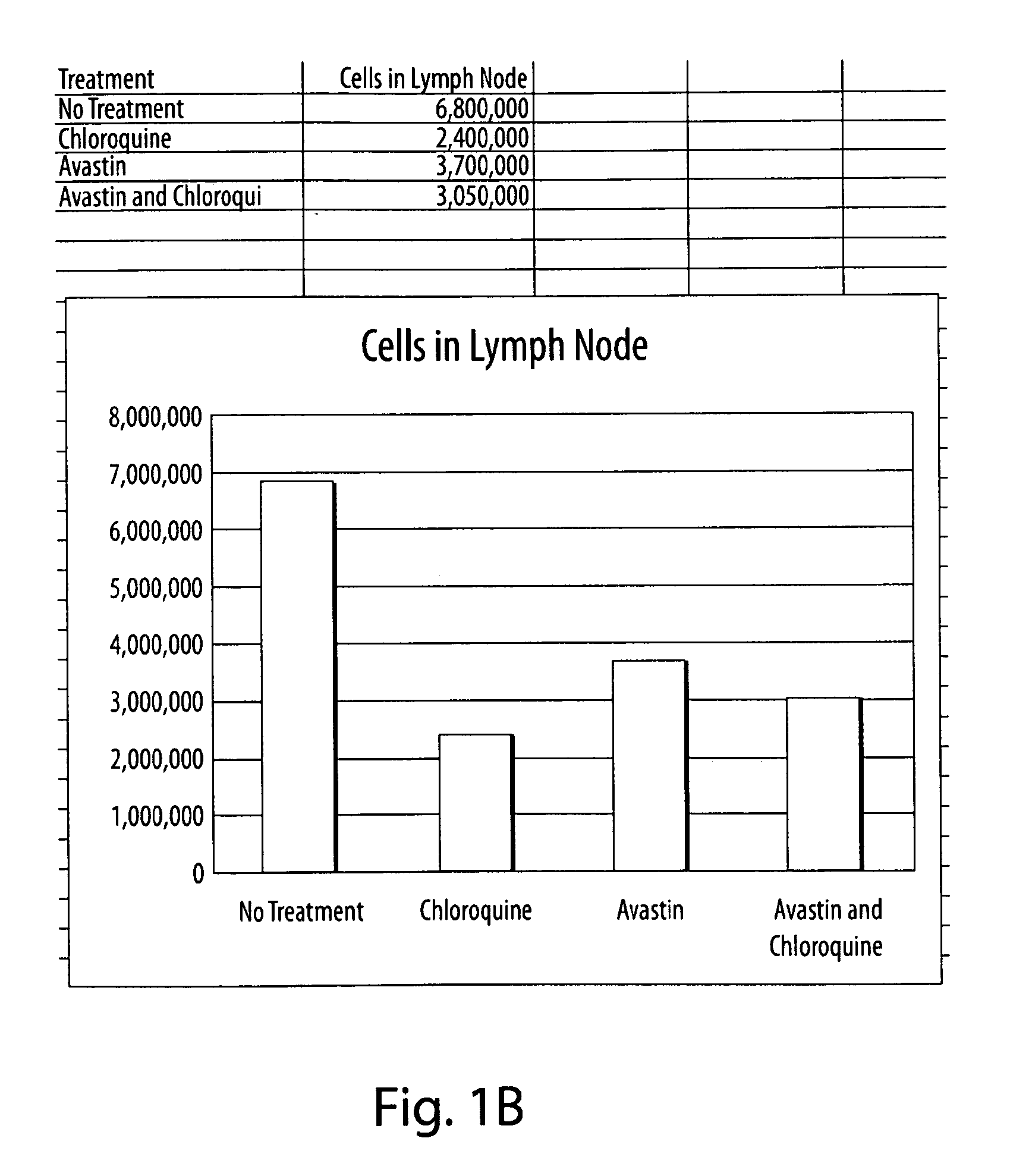Methods and products for treating proliferative diseases
a technology for proliferative diseases and products, applied in the direction of biocide, drug composition, antibody medical ingredients, etc., can solve the problems of serious life-threatening diseases, rapid growth of unwanted and potentially dangerous cells, and/or loss of cells essential to maintaining tissue functions,
- Summary
- Abstract
- Description
- Claims
- Application Information
AI Technical Summary
Benefits of technology
Problems solved by technology
Method used
Image
Examples
example 1
Methods
[0192]Tumor cells (B16.F1, NIT-1, or MCF7) were thawed from liquid nitrogen. The tumor cells were transferred into a 15 milliliter (ml) conical tube using a sterile bulb pipette. Using a balance, the tubes were balanced with cells and spun in the centrifuge. The liquid was removed using the vacuum, leaving the pellet of cells. The cells were mixed using two mls of the RPMI. In a 24 well plate, 1 ml of RPMI was placed in each well. One ml of cells was placed into the first well and the second ml was missed into the second well, then one ml was transferred from the second well into the third. The process was repeated until one ml will remain for the last well (serial dilutions). After two to three days the cells were confluent enough to transfer from a well into a flask. After around 24 hours the treatments were added to the appropriate flasks (control, chloroquine, Avastin, both). After 48 hrs. the cells were stained using lysotracker and propidium idodide. The plate was run i...
PUM
| Property | Measurement | Unit |
|---|---|---|
| body weight | aaaaa | aaaaa |
| body weight | aaaaa | aaaaa |
| size | aaaaa | aaaaa |
Abstract
Description
Claims
Application Information
 Login to View More
Login to View More - R&D
- Intellectual Property
- Life Sciences
- Materials
- Tech Scout
- Unparalleled Data Quality
- Higher Quality Content
- 60% Fewer Hallucinations
Browse by: Latest US Patents, China's latest patents, Technical Efficacy Thesaurus, Application Domain, Technology Topic, Popular Technical Reports.
© 2025 PatSnap. All rights reserved.Legal|Privacy policy|Modern Slavery Act Transparency Statement|Sitemap|About US| Contact US: help@patsnap.com



